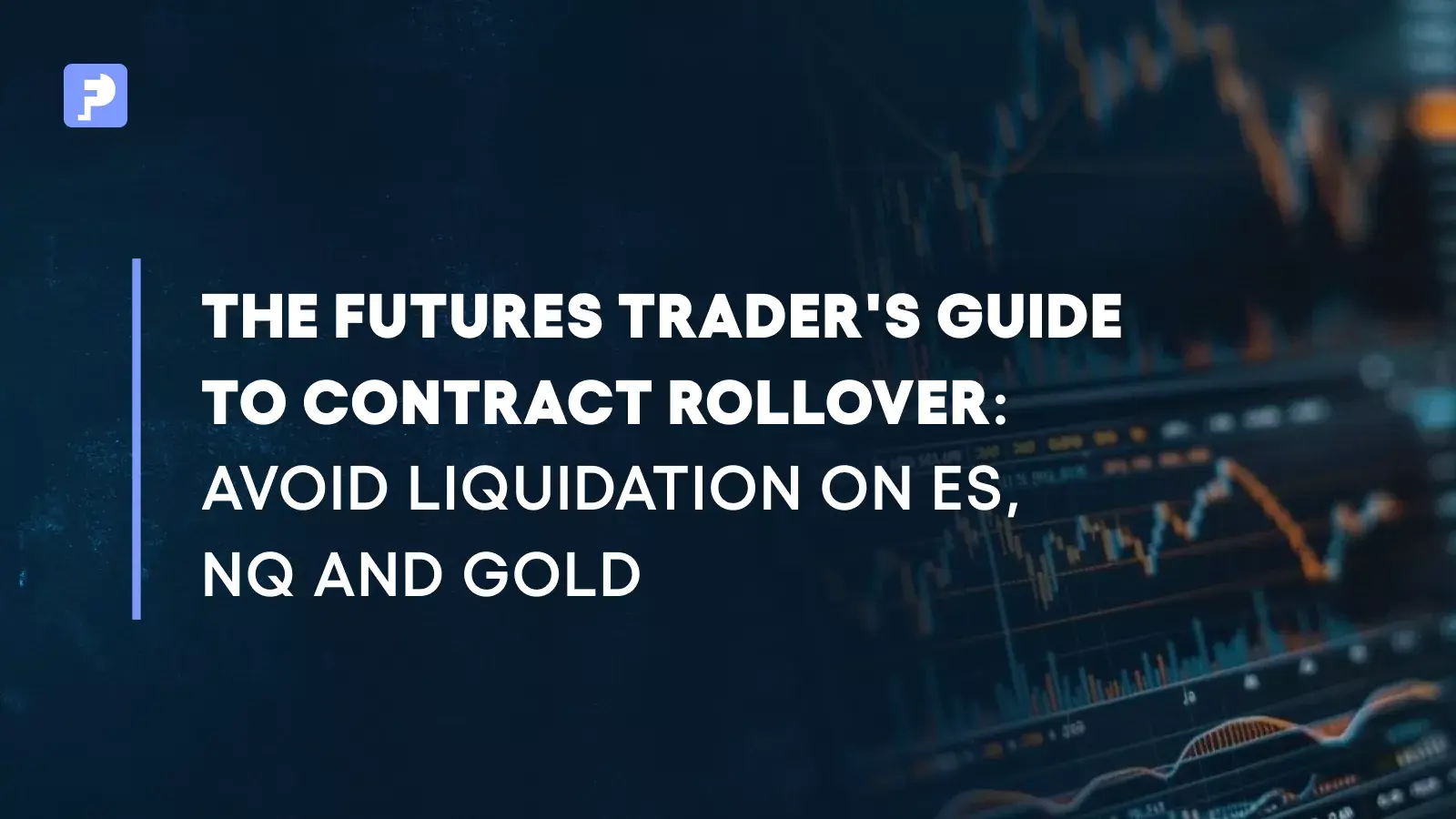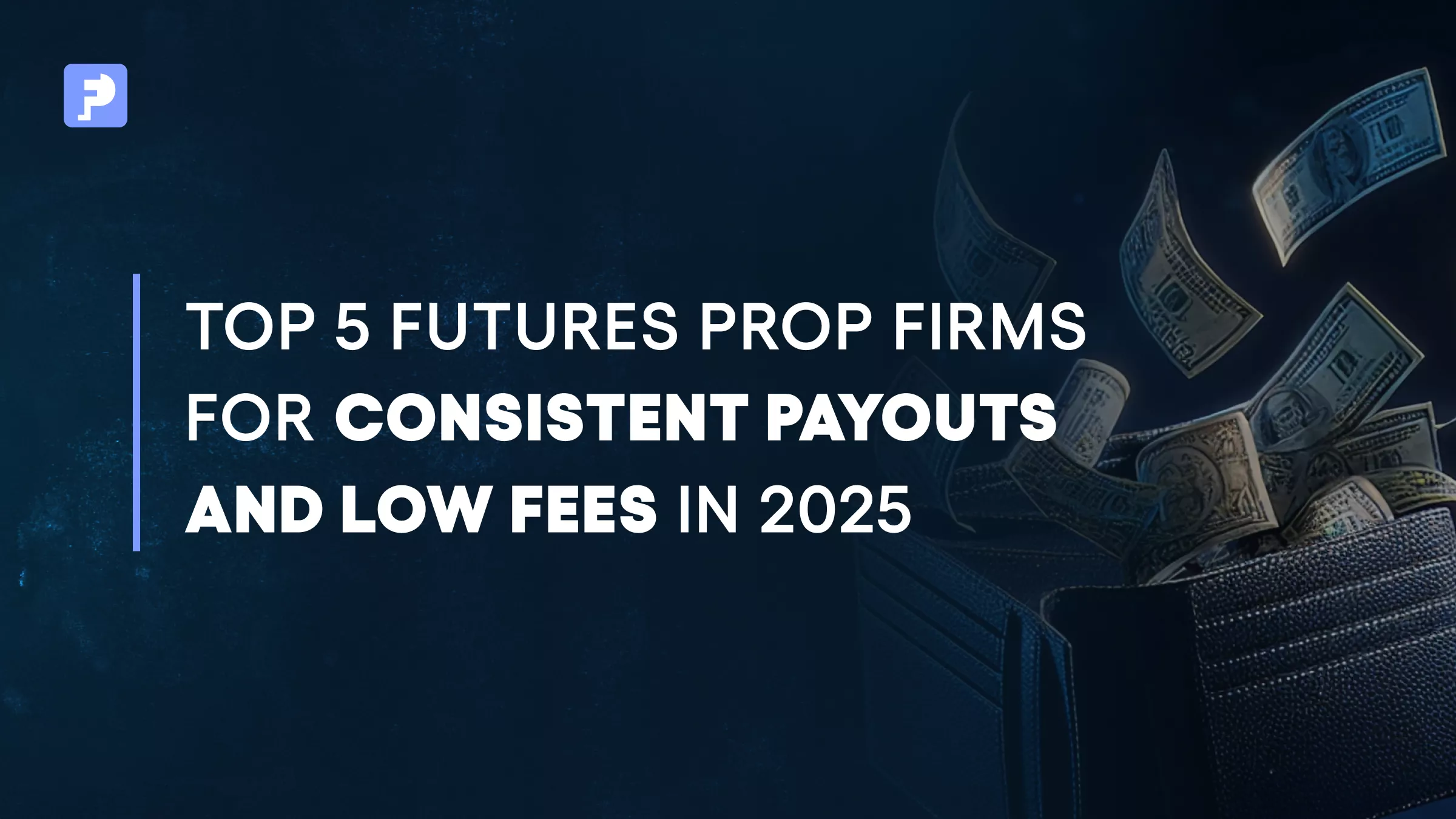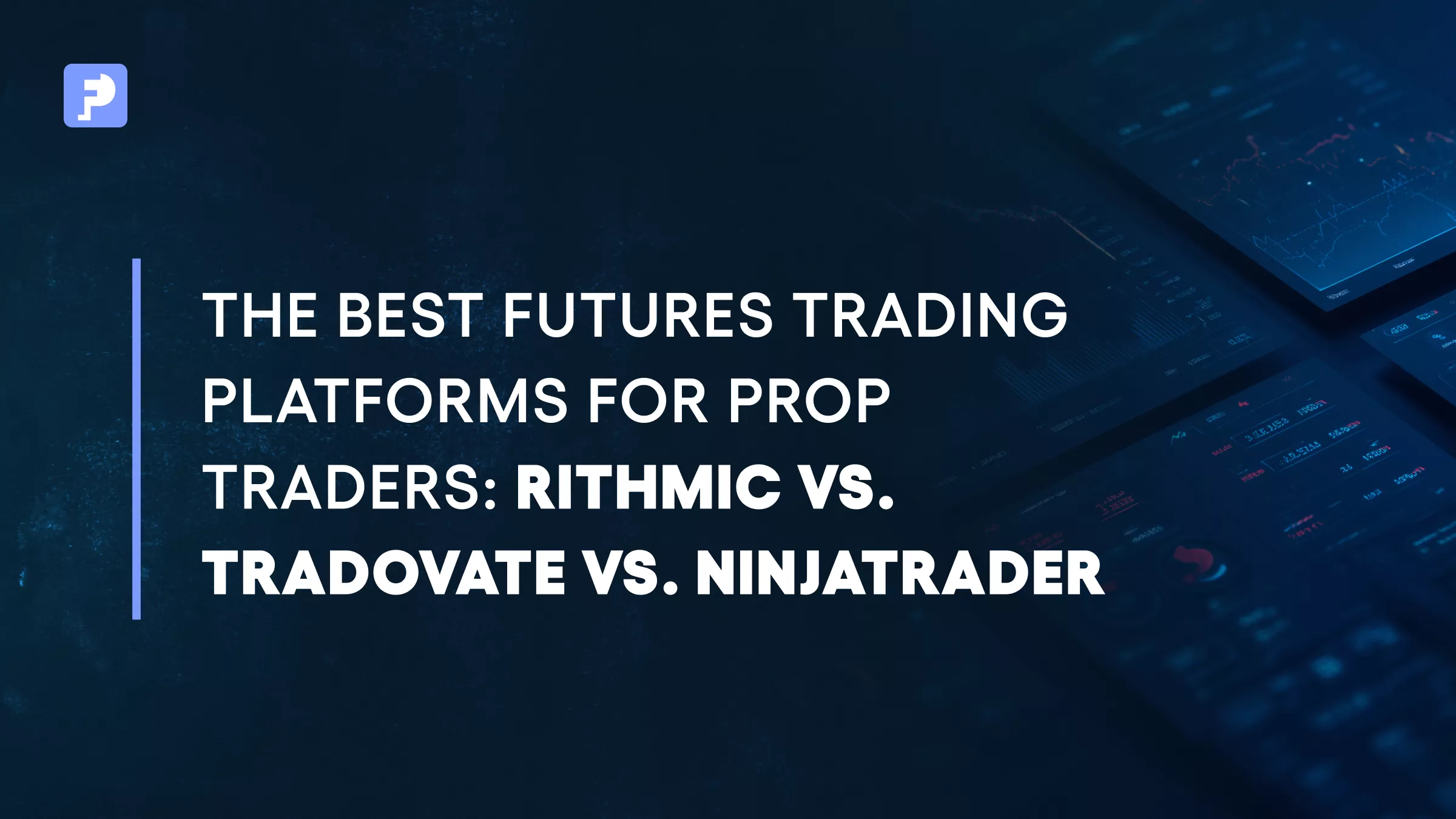
The Futures Trader’s Guide to Contract Rollover
Futures contracts do not last forever, and failing to prepare for expiration could force your brokerage to liquidate your hard-won position. This often leads to unexpected losses and slippage. This guide walks you through the non-negotiable process of contract rollover for the most actively traded futures: ES, NQ, and Gold. You will learn exactly when these contracts expire, why timely rollover matters, and how to execute a smooth transition without losing money or momentum. Consider this your essential roadmap to staying in control of your trades every quarter.
Why Every Futures Trader Must Understand Rollover
If you have been trading futures for more than a few weeks, you have certainly heard the word rollover. But here is the reality, especially for retail traders. Understanding futures contract rollover is not trivia. It is a critical risk management step.
Unlike stocks, which you can hold indefinitely, every futures contract is a time-limited agreement with a fixed futures contract expiration date. As that date approaches, you face a decision. You can close your position, take physical delivery of the underlying asset, or roll to the next contract month. For active traders in ES, NQ, and Gold, rolling to the next month is the professional way to maintain continuous market exposure.
Many traders forget the rollover schedule or misunderstand the timing. The consequence can be an automatic, forced exit or trading a contract that has already lost liquidity. This guide is built to prevent those mistakes and give you a clear, actionable framework for managing the roll like a professional.
Structured routines like this are one of the reasons many futures traders are choosing proprietary firms in 2025, where consistent execution and steady processes influence long-term results.
What Is Futures Contract Rollover
Futures Contract Rollover is the process of exiting a futures contract that is nearing expiration and entering the same position in a later contract month.
Think of the futures market as a relay race. Each contract is one leg of the race. As your contract approaches its final moments, you pass the baton to the next contract. This handoff keeps your position active without interruption.
Rollover is mandatory because futures contracts have defined maturity months. For ES and NQ, these are March, June, September, and December. As expiration approaches, volume and open interest naturally migrate to the next active contract. If you do not switch, you risk being pushed into settlement, which most retail traders cannot or do not want to handle.
Rollover works best when it sits inside a broader risk framework and is supported by the same mindset you will find in how prop firms help you manage risk in futures trading.
The Critical Rollover Schedule for ES, NQ, and Gold
ES and NQ
Primary expiration months: March, June, September, and December.
Official CME rollover day: The Monday before the third Friday of the contract month.
Liquidity migration: Rollover Thursday, about eight days before expiration, is when fund managers and commercial traders shift volume to the next contract.
If you are trading the December ES contract, for example, the most active rollover window opens the Monday of the prior week, with the major volume shift taking place around Thursday.
Gold (GC)
Primary months: February, April, June, August, October, and December.
Gold rolls more frequently than equity index futures. The roll usually happens five to seven days before the last trading day, which is typically three business days before the end of the month.
For Gold, your main indicator is the volume switch. When the next month consistently trades more volume than the current month, the market has rolled.
Actionable tip: Exit the old contract and enter the new one before the official CME rollover date for indices and at least one full week before the last trading day for commodities like Gold.
The more familiar you are with timing and volume behaviour, the easier it becomes to integrate rollover into your daily routine, especially when you understand the role of technology in prop futures trading and how platforms can help you track key dates.
The Danger Zone: Why Traders Get Liquidated
The main reason you learn rollover is simple. You want to avoid forced liquidation.
Mistake 1: Forgetting to Close the Expiring Contract
When you forget to close a contract near expiration, your broker will close it for you. Liquidation is the broker closing your position with a market order in a thin market to meet exchange settlement rules. This usually causes slippage and a poor fill price.
Mistake 2: Trading a Contract That Has Lost Liquidity
Trading the wrong contract near expiration is expensive. The spreads widen, depth dries up, and your fills become costly. If liquidation happens during these conditions, the losses can be painful.
These problems often appear during expiration weeks. To see how rollover fits into the broader pattern of trader errors, explore Common Mistakes Traders Make in Funded Futures Accounts and notice how many of those mistakes become more dangerous around rollover.
The FunderPro Futures Rollover Checklist: Three Actionable Tips
Tip 1: Set a Calendar Alert Seven Days Before the Roll Day
Mark the official CME rollover date, then create an alert exactly seven days before. When the reminder triggers, check the CME calendar and your broker’s notices.
Tip 2: Know Your Broker’s Internal Liquidation Deadline
Brokers often close positions earlier than the exchange deadline. Always check their rollover notices and plan to roll at least one full day before their cutoff.
These rollover steps align with the structured thinking traders use when choosing the right prop trading firm for futures, because execution quality, slippage management, and clear rules matter over time.
Tip 3: Use the Volume Crossover as Your Signal
Roll once the next month’s volume clearly surpasses the expiring month for two consecutive days. This usually happens around Rollover Thursday. Executing your roll during this window ensures tight spreads and clean fills.
Understanding this volume behaviour also supports the mindset described in Mastering the Psychology of Funded Futures Trading, where routine discipline becomes one of your main advantages.
Understanding Price Differences (Basis)
The basis is the difference between contract months or between a futures contract and the spot price. It exists because of interest rates, dividends, and expectations about future pricing.
The basis does not cause a loss or gain during rollover. If you close your December ES contract at 4800 and open March at 4802, your position continues with a two-point difference included in your accounting.
These fluctuations become easier to manage once you understand how to manage leverage effectively in futures trading and you align your position size with volatility, margin, and your prop firm rules.
Conclusion: Stay Disciplined, Stay in Control
Contract rollover rewards preparation. Know the dates, watch volume shifts, and never leave expiration to chance. A disciplined process removes uncertainty and keeps your trading controlled and consistent.
When you apply structured rollover planning, you reinforce the mindset that supports successful long-term trading. That same mindset appears throughout Why Futures Traders Are Choosing Proprietary Firms in 2025, where routines, discipline, and clean execution matter every quarter.
Ready to Take Your Futures Trading Further
If rollover is something you want to manage with more confidence, you are already thinking like a professional futures trader. FunderPro Futures gives you structure, clear rules, and access to the markets you already follow.
If you are ready to take the next step: 👉 Start your challenge
FAQs
Your broker will close your position. This usually happens at a poor price because liquidity has already dried up. Situations like this are one of the reasons strong risk routines matter, and they connect directly to the themes in How Prop Firms Help You Manage Risk in Futures Trading.
Look at volume and open interest. The active contract always has higher and rising volume compared to the expiring one. Most platforms make this visible on the chart or in the depth of the market window.
The rollover itself is P and L neutral. You simply close one contract and open the next. You only pay the normal commissions and exchange fees. Your overall exposure continues, adjusted for the basis between contract months.
You can, but many active traders prefer to roll manually during the highest liquidity window. This gives you cleaner fills and better control over price, size, and timing instead of leaving it entirely to an automated setting.
All trading in FunderPro Futures takes place in a demo-style environment and in off-exchange futures.



